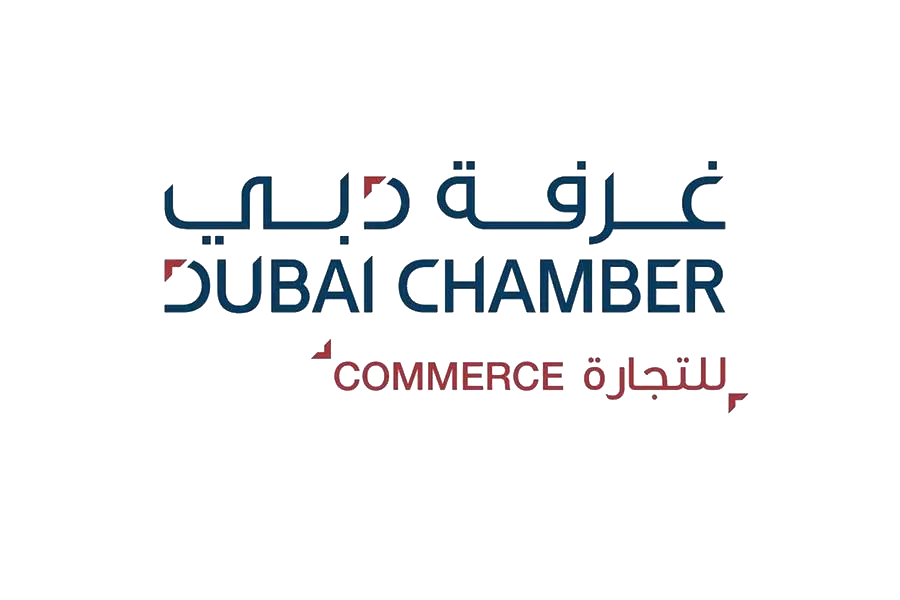Employee Training and Development through HRMS: A Practical Approach
Training and Development with a Practical Approach
A company’s ability to keep up with the challenges requires it to invest in its workforce in order to enhance skills, foster growth, and drive innovation; that’s why training and development play a crucial role in the success of any organisation. The use of Human Resource Management Systems (HRMS) enables companies to achieve these goals in a practical way. In this article, we examine the importance of employee learning and development, how HRMS can facilitate these programs, and how HRMS can be used to design and implement effective training strategies.
Quick Break
You can increase your retention rate by 60% by offering e-learning training. https://www.zavvy.io
Why is HRMS a win-win for companies and employees when it comes to employee training and development?
Investing in employee skill development is not just a nice gesture; it’s a smart move. It helps attract and retain top talent, boost employee morale and engagement, and increase job satisfaction. With ongoing learning opportunities, employees feel valued and supported, leading to higher levels of motivation and commitment. Equipping employees with new skills also allows organisations to adapt and innovate in a rapidly changing business landscape.
- Centralised Training Management: HRMS allows HR professionals to efficiently create and schedule training programs, enabling the tracking of employee participation and evaluation of training effectiveness in a centralised manner.
- Self-Service Portals: The system provides self-service portals for employees, granting them access to training resources and the ability to monitor their individual progress in various training programs.
- Analytics for Data-Driven Decision-Making: HRMS offers built-in analytics tools, empowering organisations to make informed decisions by assessing and utilising data gathered from training initiatives.
- Training Needs Assessment: The platform supports the initial phase of training by facilitating the assessment of organisational training needs through methods such as surveys, interviews, and performance evaluations.
- Setting Clear Objectives and Goals: HRMS assists in establishing clear objectives and goals for training initiatives, ensuring alignment with broader organisational objectives for a cohesive and purposeful approach.
- Diverse Training Methods: Organisations can leverage a variety of training methods, including classroom sessions, online courses, workshops, and on-the-job training, facilitated by HRMS to engage employees effectively.
- Data Accuracy and Security: The platform prioritises data accuracy and security, implementing robust measures to safeguard employee training records and sensitive information, with regular reviews and updates of access privileges.
- Streamlined Onboarding Processes: The system automates paperwork and administrative tasks, streamlining the onboarding processes for new hires and contributing to a more efficient and organised onboarding experience. Organisations can create organised onboarding programs and workflows within HRMS, ensuring that new employees receive the necessary information and training in a systematic manner.
- Integration of Performance Goals with Training: The platform facilitates the integration of individual performance goals with training and development plans, empowering employees with targeted learning opportunities.
- Career Development Opportunities: HRMS serves as a centralised platform for employees to explore career development opportunities, access learning resources, and plan their professional growth effectively.
- Training Evaluation Metrics: Organisations can set up metrics within HRMS to evaluate the effectiveness of training programs, gathering insights through post-training surveys and assessments. HRMS also enables in-depth analysis of training data, including completion rates, feedback scores, and skill improvements, with the capability to generate comprehensive reports for actionable insights.
- Continuous Improvement Based on Insights: Organisations can foster a culture of continuous improvement by leveraging insights from HRMS data, allowing for data-driven adjustments and enhancements to training programs. Moreover, ensuring the ongoing success of HRMS involves prioritising continuous support and training for users, ranging from regular training sessions to dedicated support channels.
Quick Break
38% of workers want their training to be relevant to their jobs, 32% want them to be current, and 31% want more control over it. (SHRM, 2022)
What would Employee Training and Development look like without HRMS?
Without HRMS, steering employee growth can be challenging. Here we will reveal the nuanced negative effects of this practice.
- Manual Processes: Training and development activities are often managed manually, involving paperwork, spreadsheets, and traditional documentation methods.
- Limited Accessibility: Training materials, resources, and progress tracking may not be easily accessible to all employees. Communication regarding training programs might rely on emails or physical notices.
- Data Discrepancies: The absence of a centralised system can lead to data discrepancies and errors, making it challenging to maintain accurate and up-to-date training records.
- Lack of Automation: Processes such as onboarding, scheduling training sessions, and tracking employee progress lack automation, resulting in time-consuming and manual efforts.
- Difficulty in Analysis: Analyzing the effectiveness of training programs and identifying areas for improvement may be cumbersome due to the lack of centralised data and reporting tools.
Best practices for maximising the benefits of HRMS for training and development
Organisations can maximise the benefits of HRMS by aligning initiatives with overall organisational goals, regularly updating and optimising training content, actively engaging employees in their learning journeys, and using HRMS insights for continuous enhancement. Adopting these best practices ensures that HRMS becomes a valuable tool in the training and development arsenal of organisations.













